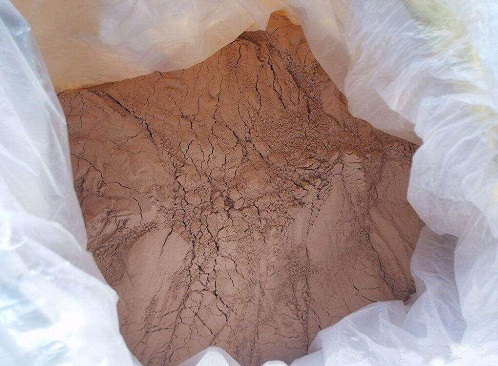
The refractory slurry used for hot blast stoves should be higher or at least not lower than refractory bricks of the same material. However, there are certain problems in the quality of unshaped refractory materials. The clinker lump ore has high impurity content, and the fine powder is not fine enough. All hard clay raw materials are used, and the particles are relatively coarse and the amount is too large. In use, it is characterized by excessive water addition, poor water retention, poor workability, and poor spreadability. In the construction of hot air pipes, phosphate high alumina refractory mud or andalusite refractory mud of the same material is usually used.
After the pipeline is built, the adhesion between the refractory bricks and the refractory bricks is all acted on by the hydration or compounding of the refractory slurry, without the actual sintering process. After the masonry of the hot blast stove body is completed, after a slow oven process, the refractory bricks, refractory slurry and refractory bricks are firmly sintered into a whole. In the hot air pipeline, the hot air sent by the hot air stove preheats the pipeline, which often causes the organic binder in the refractory slurry to be burned under high temperature conditions, and the sintering process has not yet occurred.
It is easy to cause the pipeline lining to leave through seams, which is detrimental to future production.
The same problem that sintering cannot be carried out still exists in the low-temperature area of the regenerator. Since the temperature cannot reach the sintering temperature of the refractory slurry, the strength of the refractory slurry mainly comes from the effect of the binder. Since both Portland cement and aluminate cement have strength regression in the middle and low temperature areas, compared with aluminate cement, the water vapor in the exhaust gas can be combined with the unhydrated water vapor in the hot blast stove. If the cement continues to hydrate, it will also undergo a carbonization reaction with a small amount that is not completely combined with SiO2, so as to offset part of the strength regression. Aluminate cement hardly produces Ca(OH)2, so there is no carbonation phenomenon.
Therefore, in areas where the temperature below the grate is lower than 500°C, Portland cement or water glass can be added as a binder.
没有评论:
发表评论